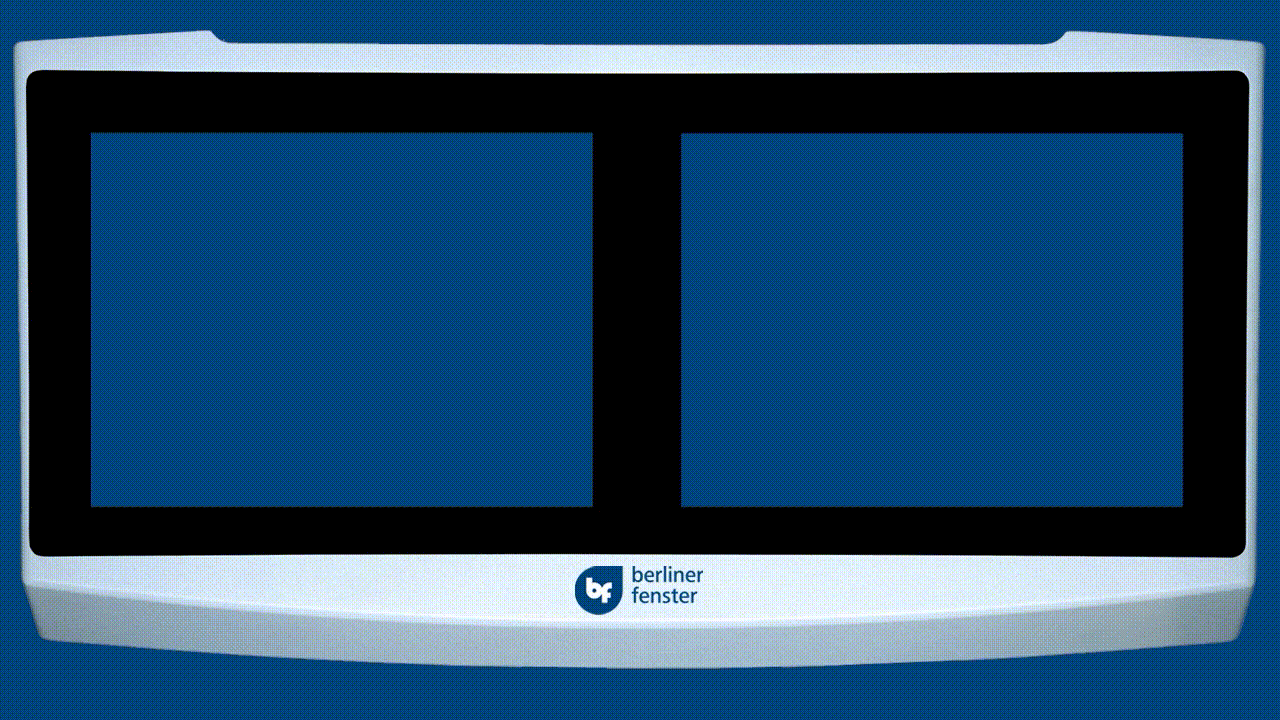Creating tools isn’t the biggest challenge, the biggest challenge is getting people to use them (Brian Nosek)
We want people to know about ResearchEquals, so that they can use it to publish how they know, instead of what they know. Our launch in February 2022 gave ResearchEquals a boost, and now we wanted to try out something new: We dipped our toes into the marketing waters!
In this blog I share how to run ads on the Berlin (or Munich) subway.
Planning
Planning advertisements on the subway is a three step process:
- Request an offer
- Agree on offer
- Send advertisement materials
Requests go through the company "mcrud", who organize the subway advertisements in Berlin. An example request looks like this:
 Request your own on https://mcrud.de/mediaplaner/
Request your own on https://mcrud.de/mediaplaner/
You select how long your ad runs, for how many weeks, and how often it will get displayed in the two hour timeslots. Some timeslots have more subway traffic, and will be more expensive. The example selection has a (potential) reach of more than a million people ("Bruttokontakte").
Within 24 hours of filling out this form, we had an initial offer in our email to start running ads the week after. This fast turnaround time might not be available throughout all seasons, but as we planned to run an advertisement in early April, it was possible.
When we signed off on the offer, we sent the relevant video file, and received proofs of how the ad was going to look:

That was all that there was to it, honestly - I thought I’d have to go through more channels, plan further ahead, and that it would be much more expensive. Running ads isn’t at all as intimidating as I thought!
Goals
We wanted to achieve three things by running this advertisement
- Skill learning
- Exposure effect
- Facilitate chance moments
Overall, the skill learning was going through the steps of creating and running an ad - so that if we wanted to in the future, it wouldn’t be the first time. Writing this blog, is in part a result of that learning. The lesson overall: No need to be intimidated by running ads.
Measuring the exposure effect helps us understand whether the ad led to increased traffic to our website - and whether we want to invest more in this in the future. From our website analytics, we saw that there was a baseline of 22 users from Germany visiting 88 pages in the week before we ran the ad. In the week that we ran the ad, 33 users from Germany visited 118 pages. Overall, that’s a 50% increase in users and a 34% increase in pages. A week after we ran the ad, we saw only 9 users from Germany visiting 49 pages, indicating there was not necessarily a lasting effect.
Finally, facilitating chance moments is an inherently difficult thing to measure. Chance moments are those that are a stacking of events that lead to interesting connections. For example, we wanted to enable chance moments where somebody who is traveling to the parliament for a hearing may see a ResearchEquals while they are on the subway. Then, when they chat about research, they might mention it. That’s a lot of ifs - and for that reason we don’t know whether that happened. Regardless of whether we can measure it, it is still a goal worth having - if we hear such a story at some point we’ll be sure to report back!
Conclusion
Sharing openly how
we build ResearchEquals has been a key effort of ours from the get-go.
Beyond the open source code, we forayed into the marketing domain, and
that bit we also want to share with you. Overall, the platform is still
in its early days, and any numbers are fickle, but on first glance it
seems like running an ad on the subway is a good way to increase traffic
and not nearly as hard as we thought it would be.